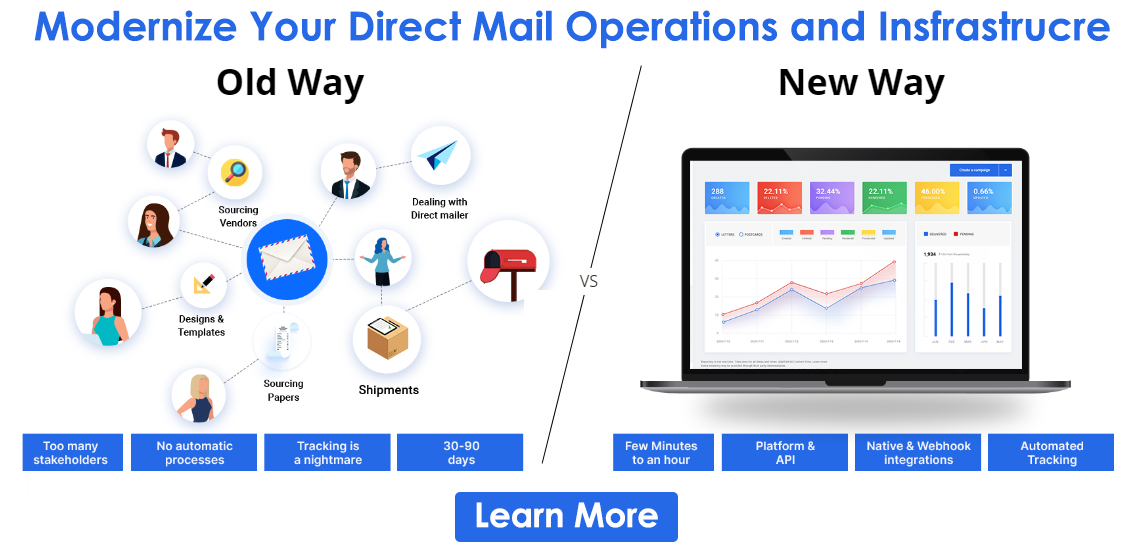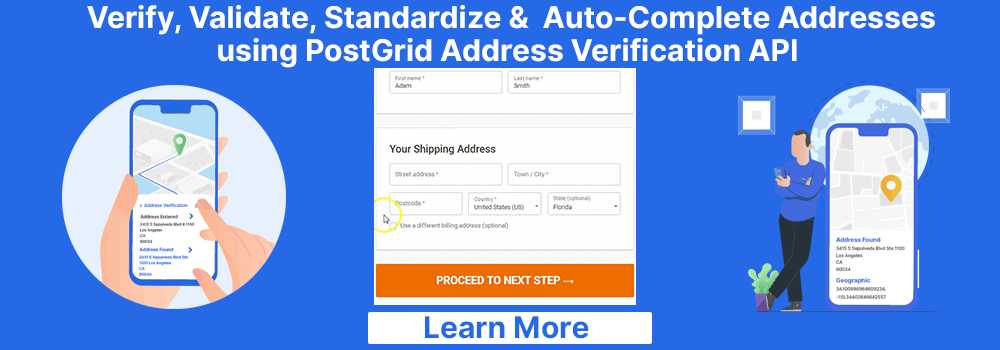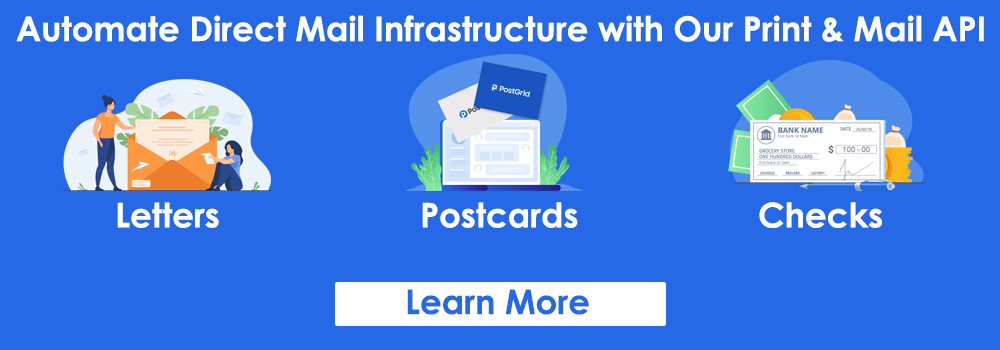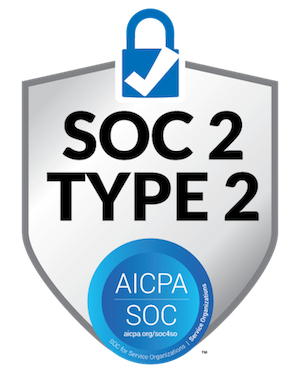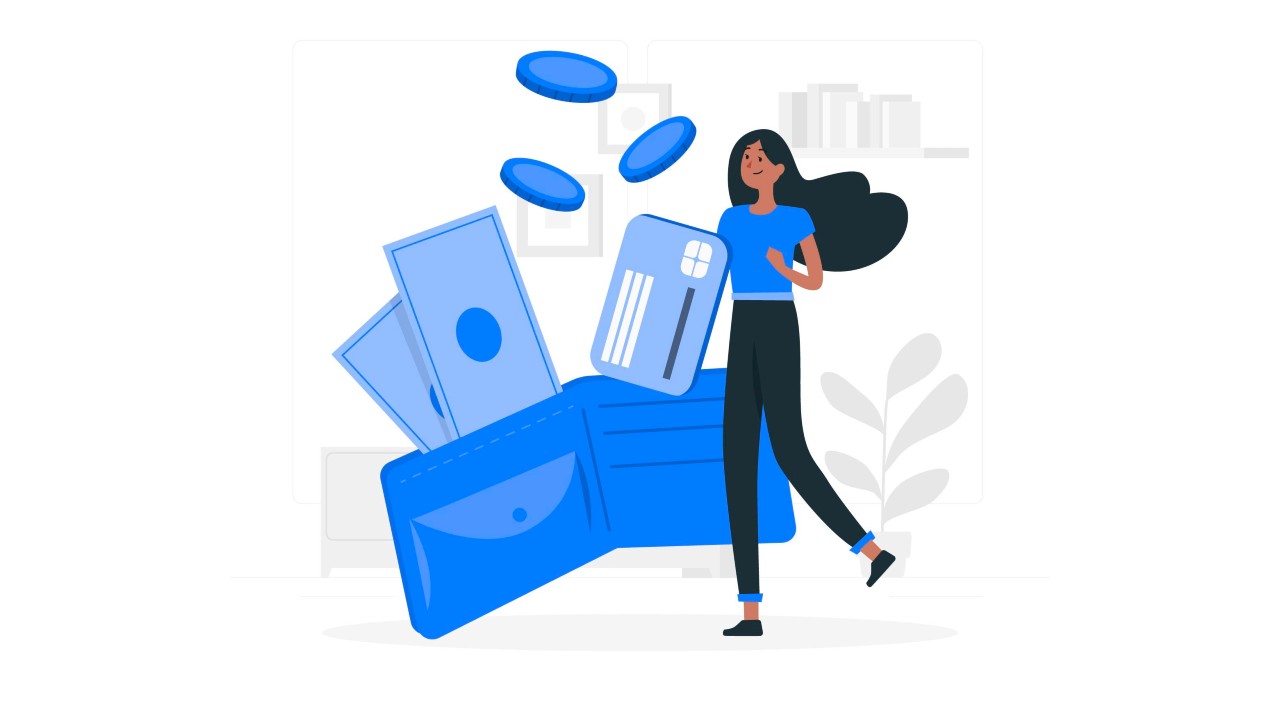
B2B Payment Automation And How It Can Help Your Business Organization?
It is not difficult to notice that ice skating and ice hockey are tremendously different despite their similarities. Of course, both use the same premises. But one involves graceful movements, and the other involves quick speed bursts.

The B2B and B2C businesses are somewhat the same. Both are business organizations that transact money and goods in one way or another. But they are never the same. For instance, B2B transactions are often in bulk and high-value transactions. Hence, it would be a mistake to treat them the same way.
For instance, the payments made by B2B and B2C organizations are very different from each other. B2B payments often deal with large sums of money, which may be recurring. Hence, B2B payment automation is a subject worth discussing.
B2B organizations must understand the significance of B2B payments automation and how it can help them. Here, we look at the scope of automating B2B payments and their benefits for your organization.
What Is a B2B Payment?
B2B or Business-to-Business payments involve the exchange of goods and services between business buyers and business suppliers. Every B2B transaction includes a business buying something from another company. Naturally, the firm buying the goods and services is the buyer, and the business selling the same is the supplier.
B2B payments can include both single and recurring fees depending on the terms of the agreement between the two parties. You can already see the need for B2B payment automation, considering that many B2B payments are often recurring.
It is also worth noting that most B2B organizations prefer to make paper cheque payments. In that way, B2B organizations are still pretty old-school. However, with the ever-rising need for accurate and efficient payment solutions, B2B payment automation is becoming necessary.
B2B Payment Cycle
The typical B2B payment cycle differs from a regular payment between a business and its customers. Furthermore, many B2B organizations prefer using an in-house team for Accounts Receivable. Still, it often comes with a ton of manual work.
In such cases, the supplier must provide their approval first after the initiation of a B2B purchase from one company to another. The permission applies not just to the sales but also the terms of sales. That’s not all. In the absence of B2B payment automation, business accounting also has a significant role to play here.
They are responsible for issuing purchase orders and forwarding them through the appropriate channels. As you can imagine, the B2B payment processing happens only after the necessary approval. After payment processing, the supplier generates an invoice and sends it to the buyer for payment. It is at this stage that B2B payment automation comes into play.
The supplier usually sends the invoice to the buyer company within 30 days of the purchase. More of a concern now is that over 90% of companies in Latin America now use digital invoices. And once the buyer company receives the invoice, they can make the final payment along with the late fee (if there is any).
Different Types Of B2B Payment Methods
Unlike what some of you may think, B2B payments are not so rigid or inflexible. You can use different B2B payment methods for your business organization. Below, we list some standard payment methods and their scope to automate B2B payments using these methods.
1. Cheques
Cheques may sound like an old-fashioned way of making payments or transactions. But the truth is that the majority of B2B businesses still prefer using cheque payments. One of the reasons why companies prefer cheque payments is that they leave a clear and trackable paper trail.
It makes the whole payment cycle more secure and transparent. Interestingly there is scope to automate B2B payments via cheques. Writing paper cheques comes with the risk of human error, which might require you to write a new one.
Furthermore, cheque bounces and wrong cheque endorsements can lead to even more complications and consequences. But, you can avoid all these downsides of cheque payments if you automate B2B payments for your company. Software solutions like PostGrid can accurately print and mail B2B cheques.
2. ACH
It is easier to think of ACH as cheques in electronic or digital form. This B2B transaction involves transferring the B2B payment directly from the buyer’s bank account to the seller’s account. Sounds convenient. Well, for the most part, it is convenient and can work significantly better with scheduled or recurring payments. Hence, ACH has the potential for B2B payment automation.
Of course, it requires authorization from the buyer to establish such a B2B payment system. But, the truth is that many business organizations are not quite open to providing their bank information for this. However, on the flip side, ACH only requires a single-time setup. In other words, once you finish setting up the payment, it is practically a B2B payment automation system that ensures easy B2B payments.
It is also worth noting that ACH allows B2B payments for companies on a need-to-do basis, along with scheduled payments. If you think about it, such a capability brings the ACH system closer to a plan to automate B2B payments for your company.
3. Credit Cards
This list would be incomplete without mentioning credit cards for B2B payments. As you can imagine, most business organizations consider credit card payments in B2B as reliable and convenient. You don’t need us to explain how fortunate swiping your credit card is for practically any expenses. But what should concern you is not its ability to automate B2B payments or reliability.
The real point of concern in using credit cards for B2B payments is their terrifyingly high fees. And the worst part is that the price applies to both parties, i.e. the buyer and the seller. Hence, many B2B business organizations avoid using credit cards for their B2B transactions. In addition to limited B2B payments automation capabilities, Credit Cards also have spending limits.
Therefore, it may not be the best idea to depend on your credit card for your B2B payments, especially for high-volume sales.
4. Wire Transfer
Another popular choice for B2B payments is wire transfers. It is a standard payment system, and many B2B companies have a long-term relationship with it. As the name suggests, wire transfers directly between bank accounts via a “wire.”
It offers one of the most secure ways to transfer funds for your B2B transactions. Although safe, wire transfers often involve numerous steps for executing the transfer. Hence, a B2B payment automation can significantly speed up the payment process for companies employing wire transfers. It is also worth noting that transactions via wire transfers do not have currency limits.
5. Electronic Funds Transfer
Electronic Funds Transfer or EFT is a digital payment method, and its popularity is steadily growing in the B2B industry. In terms of functionality, the EFT, ACH, and wire transfer payments are practically the same. Or you could even say that ACH and wire transfers are different forms of EFT. It is relatively easy to automate B2B payments using an electronic payment system compared to traditional payment methods.
The upside of using EFT payments is that it lets you transfer funds at a much faster speed and lower costs than ACH or wire transfer. With B2B payment automation on the rise, more and more B2B businesses are opting for EFT payments. Hence, EFT payment is also viable for making your B2B payments.
 Also Read: Transit Number Vs Branch Number
Also Read: Transit Number Vs Branch NumberBenefits Of B2B Payment Automation
There are numerous benefits to B2B payment automation, but it isn’t easy to name all of them. Here are some of the most significant benefits of automating your company’s B2B payments.
Save Costs
One of the significant advantages you get when you automate B2B payments is the payment processing gets cheaper. Automated payments and even invoicing can optimize your various business processes. Using automation eliminates any unnecessary manual labour and brings down your expenses.
For instance, using PostGrid for automating your B2B cheque payments ensures that there are no manual errors. Hence, B2B payment automation ensures there are no misprints or miscommunications. Furthermore, PostGrid’s direct mail automation tool’s scheduling capability ensures that there are no delays either.
Faster Processing Of Payments
Another advantage of B2B payments automation is that payment processing becomes significantly faster. With automation, weeks don’t go by while the invoices stay in the inbox waiting for approval. Automation allows you to bypass all the slow and time-consuming processes and streamline your payment processing.
You can even use advanced B2B payment automation solutions with customizable dashboards. Such a system can present you with real-time invoice processing. As a result, AP leaders can access instant insights and details on outstanding invoices.
Boost Productivity
Boosting or increasing productivity is another tremendous advantage of B2B payment automation. As we explained, automation eliminates several manual processes involved in payment processing.
It ultimately speeds up several of your business processes and even grants you some free time. Furthermore, most modern B2B payment automation solutions use cloud storage. As a result, the AP teams get the flexibility of working from anywhere. Moreover, they don’t have to compromise the security of their work.
Fraud Protection
One of the reasons why B2B organizations are shifting towards B2B payment automation is its ability to prevent fraud. With automation, you no longer have to go through the trouble of manually tracking cheque payments. It is often easy to miss something when inspecting a cheque by hand.
There are few things worse than being prey to financial fraud. The B2B payments automation can help you avoid fraud in several ways. For instance, it can help you identify invalid invoices or view total transactions. Similarly, it can help you flag missing data and much more.
Error Reduction
The biggest challenge in using a manual process in business is always prone to error. No matter how good a process you have, manual processes always have some errors. But with B2B payment automation, you can minimize these manual errors significantly.
Retake the example of PostGrid. Manually writing cheques can often lead to several mistakes and could even lead to bounced cheques. PostGrid’s automated system ensures that the information on your B2B cheques is accurate. As a result, the rate of error comes down significantly.
Scheduled Payments
As you know, most B2B payments are not one-time payments but recurring. A B2B payments automation solution allows you to schedule your B2B payments. Hence, you no longer have to worry about accidentally missing another payment again.
You can use automation solutions like PostGrid to automate when you want to send out cheques. The system will automatically send the cheques on time and ensure that your payments are always up to date. In effect, the B2B payment automation solution provides a good working relationship between you and your supplier.
Conclusion
B2B business organizations often have complicated payment systems, and it is not easy to manage them efficiently. Using a B2B payment automation system can significantly enhance the efficiency of B2B transactions and minimize unnecessary delays.
A large portion of B2B organizations still prefers to use cheque payments as they are secure and has a trackable paper trail. Such organizations can optimize their B2B transactions by using tools like PostGrid.
PostGrid enables you to print personalized cheques and even schedule their delivery. As a result, it facilitates B2B payment automation for your organization’s cheque transactions. Since the entire printing and mailing process is automated, there is no scope for error.
Similarly, B2B organizations can use different automation tools like PostGrid to automate B2B payments. Doing so can minimize errors and ensure a professional relationship with your supplier company.


